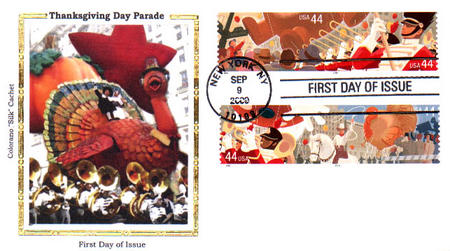
# 4418 - 2009 44c Thanksgiving Day Parade: Drum Major
Thanksgiving Day Parade
Drum Major
Issue Date: September 9, 2009
City: New York, NY
“Band, forward-march!” commands the drum major, while raising a salute to the judge’s stand. He twirls his mace and throws it high into the air – the competition has begun.
In 1650, the British Army Corps of Drums played small pieces of music to communicate duty calls and battle signals to the regiments. It was the drum major’s job to lead the band. His other duties included carrying out military lashings.
When the drum major was adopted by high school and college marching bands, the position transformed into a performance art. Salutes became more elaborate and the mace was not for beating time anymore, it was for twirling.
Conducting a marching band in the Thanksgiving Day Parade is no easy task. Drum majors must keep formation, conduct the music, and perform a salute and mace routine. All of this is done while marching through streets packed with roaring crowds, giant balloons, and television cameras.
Today, drum majors perform breathtaking routines. They twirl batons and high-step at the front of the band. It is their job to energize the bands and entertain the crowds at the Thanksgiving Day Parade. The band will give everything they have until they here the drum major call, “Band, parade-rest!”
Washington & Lincoln’s Thanksgiving Celebrations
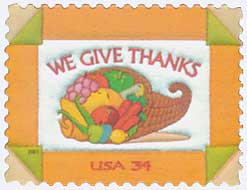
On November 26, 1789, the nation celebrated Thanksgiving for the first time under a presidential proclamation. Decades later, President Lincoln issued a similar proclamation that made the holiday permanent.
Though colonists had held harvest celebrations of thanks since the 1600s, it wasn’t an official holiday celebrated everywhere at the same time. Rather, it was celebrated in different places, at different times, and for different reasons.
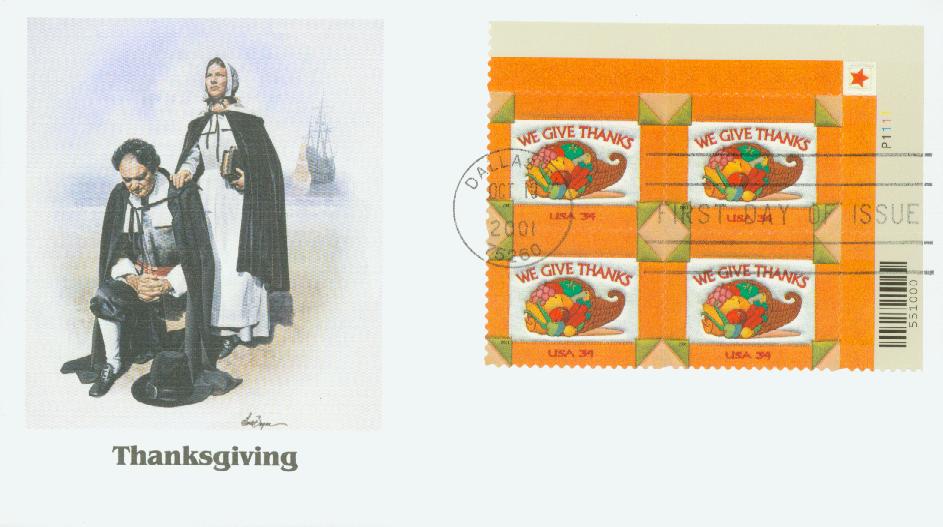
That changed in 1789. On September 25, Elias Boudinot presented a resolution to the House of Representatives asking that President Washington “recommend to the people of the United States a day of public thanksgiving and prayer… [for] the many signal favors of Almighty God.”
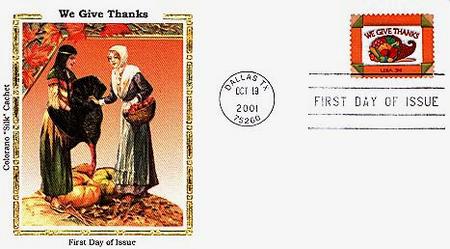
Congress approved the resolution and appointed a committee to approach Washington. Washington agreed and issued his proclamation on October 3. In it, he asked all Americans to observe November 26 as a day to give thanks to God for their victory in the Revolution as well as their establishment of a Constitution and government. He then gave it to the governors of each state and asked them to publish it for all to see. (You can read Washington’s proclamation here.)
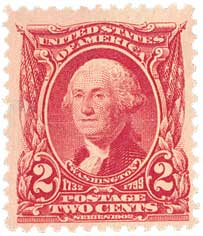
Washington’s proclamation was then printed in newspapers around the country, leading to public celebrations of Thanksgiving on November 26. For his part, President Washington attended services at St. Paul’s Chapel in New York City and donated beer and food to those in debtors’ prisons.
In the years that followed, Presidents John Adams and James Madison issued similar proclamations, but none were permanent. In 1817, New York officially established an annual Thanksgiving holiday. Other northern states followed suit, though they weren’t all on the same day. Some presidents, such as Thomas Jefferson, opposed the proclamations. He believed it was contradictory to the nation’s beliefs in the separation of church and state.
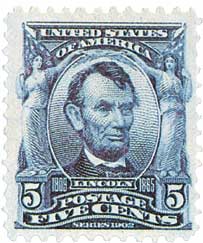
Sarah Josepha Hale (famous for the nursery rhyme “Mary Had a Little Lamb”) began a rigorous campaign in 1827 to make Thanksgiving a national holiday. She published articles and wrote letters to countless politicians, to no avail. Finally, in 1863, at the height of the Civil War, President Lincoln received one of her letters and was inspired.
On October 3, Lincoln issued his own proclamation, establishing the last Thursday of November as a day of Thanksgiving. In particular, to pray for those who lost loved ones in the war and to “heal the wounds of the nation.” (You can read Lincoln’s proclamation here.) The first Thanksgiving celebrated under Lincoln’s proclamation was that year on November 26.

Thanksgiving continued to be celebrated on the last Thursday of November until 1939, when President Franklin Roosevelt moved it up a week to increase retail sales during the Great Depression. Americans were outraged and dubbed it “Franksgiving.” Two years later, he reversed his policy and signed a bill making Thanksgiving the fourth Thursday of November, as it has remained ever since.
Thanksgiving Day Parade
Drum Major
Issue Date: September 9, 2009
City: New York, NY
“Band, forward-march!” commands the drum major, while raising a salute to the judge’s stand. He twirls his mace and throws it high into the air – the competition has begun.
In 1650, the British Army Corps of Drums played small pieces of music to communicate duty calls and battle signals to the regiments. It was the drum major’s job to lead the band. His other duties included carrying out military lashings.
When the drum major was adopted by high school and college marching bands, the position transformed into a performance art. Salutes became more elaborate and the mace was not for beating time anymore, it was for twirling.
Conducting a marching band in the Thanksgiving Day Parade is no easy task. Drum majors must keep formation, conduct the music, and perform a salute and mace routine. All of this is done while marching through streets packed with roaring crowds, giant balloons, and television cameras.
Today, drum majors perform breathtaking routines. They twirl batons and high-step at the front of the band. It is their job to energize the bands and entertain the crowds at the Thanksgiving Day Parade. The band will give everything they have until they here the drum major call, “Band, parade-rest!”
Washington & Lincoln’s Thanksgiving Celebrations

On November 26, 1789, the nation celebrated Thanksgiving for the first time under a presidential proclamation. Decades later, President Lincoln issued a similar proclamation that made the holiday permanent.
Though colonists had held harvest celebrations of thanks since the 1600s, it wasn’t an official holiday celebrated everywhere at the same time. Rather, it was celebrated in different places, at different times, and for different reasons.

That changed in 1789. On September 25, Elias Boudinot presented a resolution to the House of Representatives asking that President Washington “recommend to the people of the United States a day of public thanksgiving and prayer… [for] the many signal favors of Almighty God.”

Congress approved the resolution and appointed a committee to approach Washington. Washington agreed and issued his proclamation on October 3. In it, he asked all Americans to observe November 26 as a day to give thanks to God for their victory in the Revolution as well as their establishment of a Constitution and government. He then gave it to the governors of each state and asked them to publish it for all to see. (You can read Washington’s proclamation here.)

Washington’s proclamation was then printed in newspapers around the country, leading to public celebrations of Thanksgiving on November 26. For his part, President Washington attended services at St. Paul’s Chapel in New York City and donated beer and food to those in debtors’ prisons.
In the years that followed, Presidents John Adams and James Madison issued similar proclamations, but none were permanent. In 1817, New York officially established an annual Thanksgiving holiday. Other northern states followed suit, though they weren’t all on the same day. Some presidents, such as Thomas Jefferson, opposed the proclamations. He believed it was contradictory to the nation’s beliefs in the separation of church and state.

Sarah Josepha Hale (famous for the nursery rhyme “Mary Had a Little Lamb”) began a rigorous campaign in 1827 to make Thanksgiving a national holiday. She published articles and wrote letters to countless politicians, to no avail. Finally, in 1863, at the height of the Civil War, President Lincoln received one of her letters and was inspired.
On October 3, Lincoln issued his own proclamation, establishing the last Thursday of November as a day of Thanksgiving. In particular, to pray for those who lost loved ones in the war and to “heal the wounds of the nation.” (You can read Lincoln’s proclamation here.) The first Thanksgiving celebrated under Lincoln’s proclamation was that year on November 26.

Thanksgiving continued to be celebrated on the last Thursday of November until 1939, when President Franklin Roosevelt moved it up a week to increase retail sales during the Great Depression. Americans were outraged and dubbed it “Franksgiving.” Two years later, he reversed his policy and signed a bill making Thanksgiving the fourth Thursday of November, as it has remained ever since.







